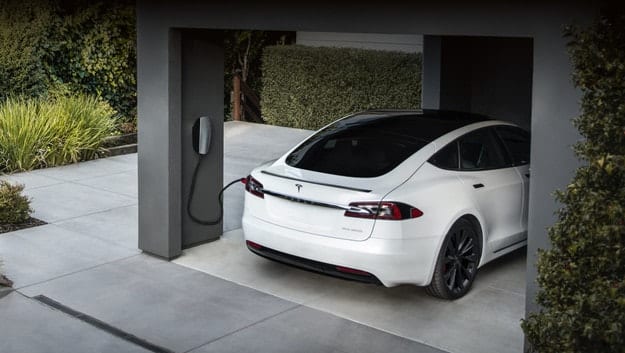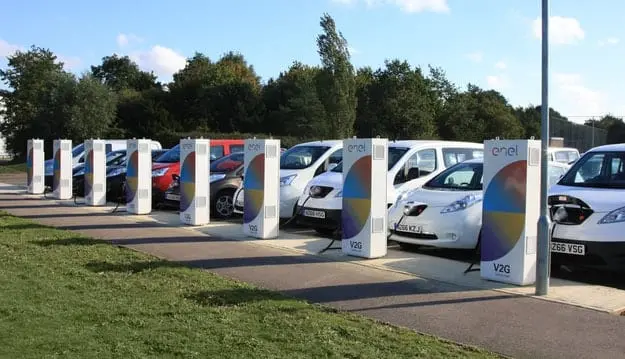
Tesla electric cars will be charged from the network
Vehicle to Grid or similar technology developed by Vehicle to Home is being developed by other companies.
Tesla has not announced that it has added two-way charging to the Model 3 sedan with the ability to transfer power in the opposite direction - from the car to the grid (or home). This was discovered by electrical engineer Marco Gaxiola, who is doing reverse engineering for competitor Tesla. He dismantled the Model 3 Charger and rebuilt its circuitry. It turns out that the electric vehicle is ready for V2G (Vehicle to Grid) mode, according to Electrek, which means that Tesla must remotely update the software of already manufactured vehicles in order to activate this hardware feature.
Although this discovery was made in Tesla Model 3, it is possible that other models already made will receive (or will soon receive) a similar covert download update.
The Vehicle to Grid (V2H) or Vehicle to Building system allows you to power your villa/building with an electric car in the event of a power outage or to save on fare differences at different times of the day. The V2G system is an additional evolution of the V2H device, which allows you to create a huge battery of many cars that stores energy during a drop in the network load.
Vehicle to Grid or similar Vehicle to Home technology is being developed by several automotive companies.
Electric vehicle owners may be interested in making money by giving the public power grid access to their battery. In this case, the electric car (along with thousands of brothers) acts as a huge buffer, smoothing the peaks of energy consumption in the city.

Note that V2G systems do not need the full battery capacity in the car, it is enough to save only a certain part for the needs of the city. Then the question of further battery degradation in the "additional" charge-discharge cycles is not so acute. This is where Tesla's planned battery capacity growth and future long-life battery will become more convenient.
Prior to this, V2G Tesla was supposed to more fully unlock the capabilities of stationary drives. Like the Hornsdale Power Reserve in Australia (unofficially Tesla's big battery). The largest lithium-ion energy storage device in the world is located next to the Hornsdale Wind Farm (99 turbines). The battery capacity is 100 MW, the capacity is 129 MWh. In the near future, it may increase to 150 MW and up to 193,5 MWh.
If Tesla launches its V2G system, then the company will already have its own Autobidder software platform, which allows you to create a virtual army of various solar panels, stationary energy storage devices (from the level of private villas to industrial). In particular, Autobidder will be used to manage the energy supply of Hornsdale (founder of Tesla, operator Neoen). And another interesting point: in 2015, representatives of the American company said that when the fleet of Tesla cars reached one million units, together they would provide a huge buffer that could be used. Tesla has reached the million electric vehicles released in March 2020.
